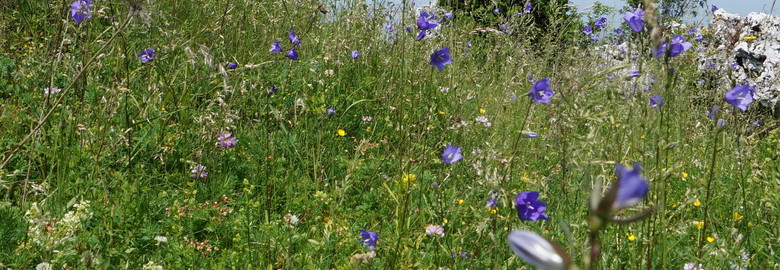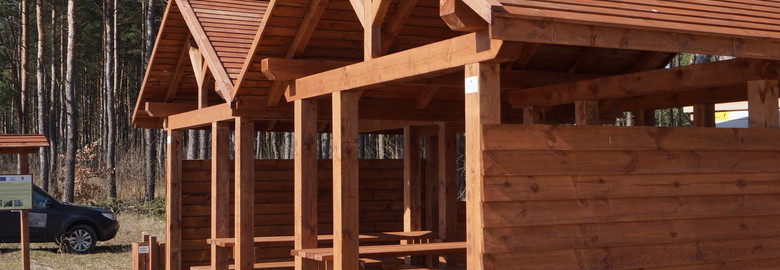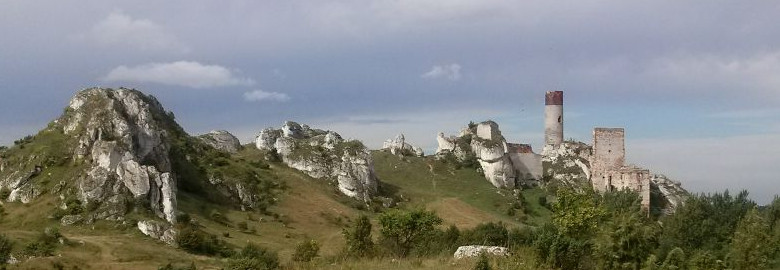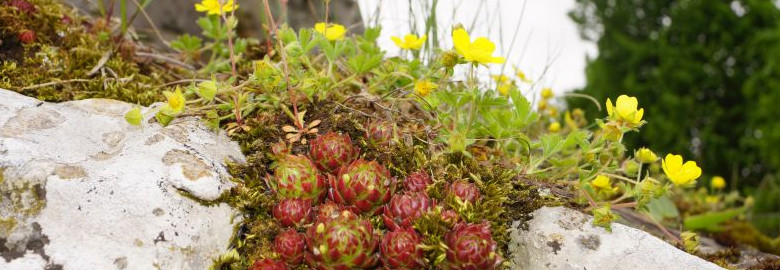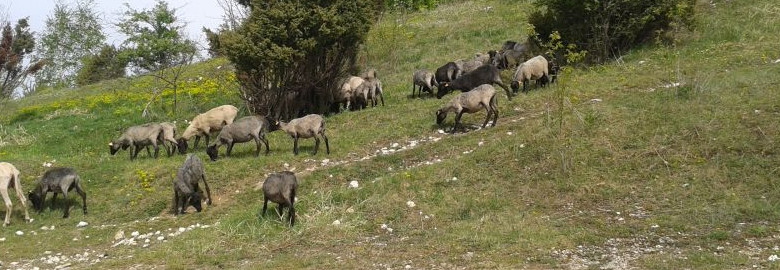Liczba wizyt
The combat against the "alien" is on!
The presence of the invasive alien species poses one of the greatest threats to the natural environment.
The invasive alien species colonize vast areas of land in short time, and thus displace the native species.
The spreading of the invasive species is considered, along with the direct loss of habitats, to be the most serious reason of the decreasing biodiversity on a global scale. More and more frequently in the recent years certain actions have been taken to directly remove the invasive species which pose a threat to the ecosystems.
The Sakhalin Knotweed (Reynoutria sachalinensis) is one of the most invasive species in the world. It is a perennial herbaceous plant of a very fast growth and spread rate. It can reach up to 4 metres in height. The high density of the sprouts and rhizomes hinders or even excludes the growth of other species. In early summer it may grow at a rate of up to 15 cm a day. The Sakhalin Knotweed quickly dominates vast stretches of land if it is not controlled. Its rhizomes may grow through the concrete or asphalt, spreading a few metres in each direction (including spreading deep into the ground), which makes it very hard to remove. What is more, the knotweed has excellent re-growth abilities, all it needs is a few-centimetre-long piece of a rhizome left.
One of the Project actions is to mechanically remove the Sakhalin Knotweed. It covers the land near the Biśnik rock in the Wodąca valley (the territory of the Środkowa Jura refugium) of around 1.5 ha surface area.
In order to combat this alien species we employed manual and mechanical removal techniques. Firstly, we got rid of the top parts. The second stage involved digging out and disposing of the rhizomes with the mechanical equipment. The biomass and the waste generated by the removal were incinerated. The area was then cleared and tidied up. Similar actions will take place in 2015.
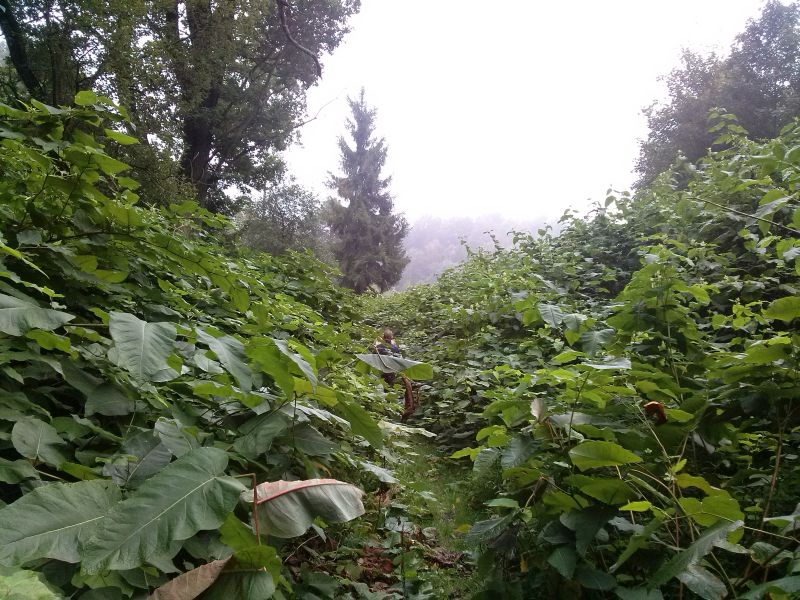
The land covered with the Sakhalin Knotweed
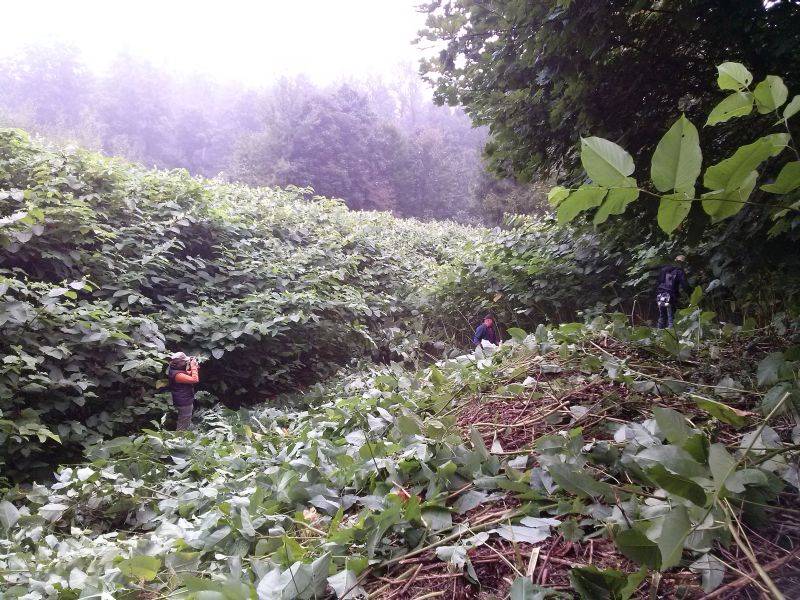
Manual removal of the "alien" in places inaccessible for the machinery
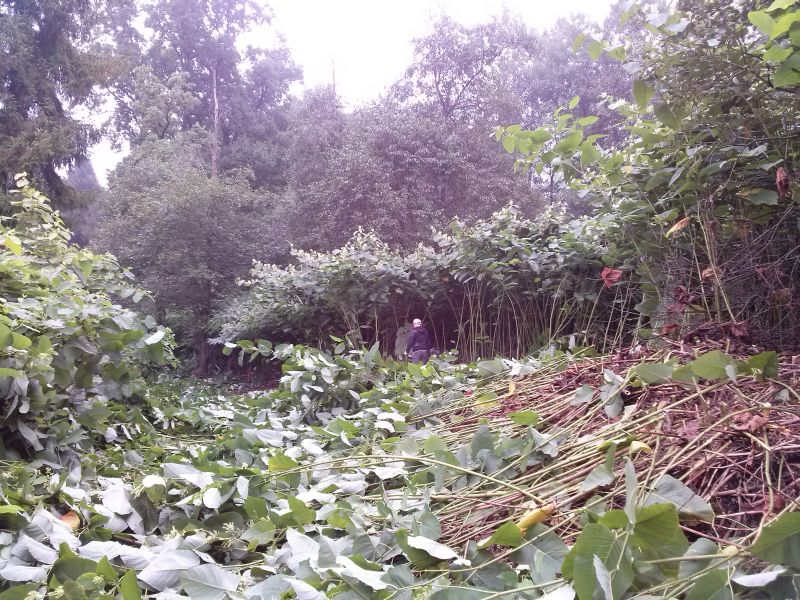
The effect of the mowing
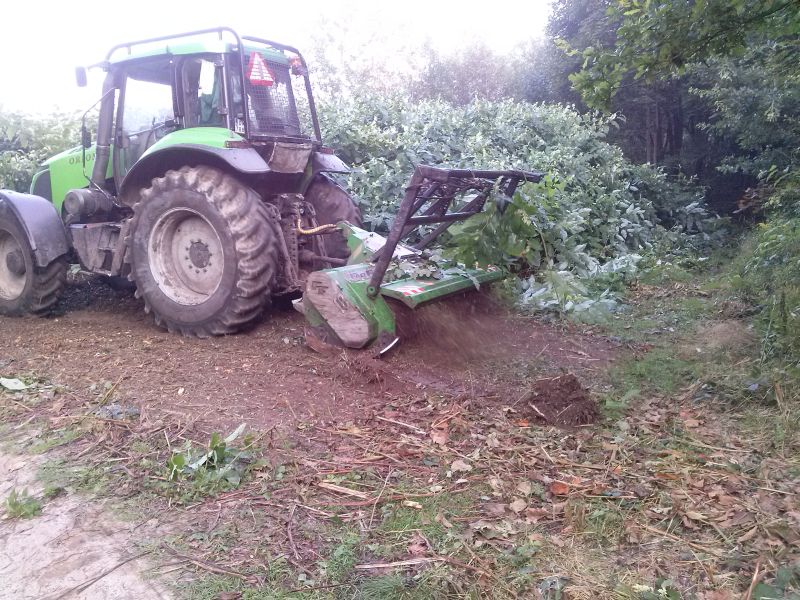
Mechanical treatment
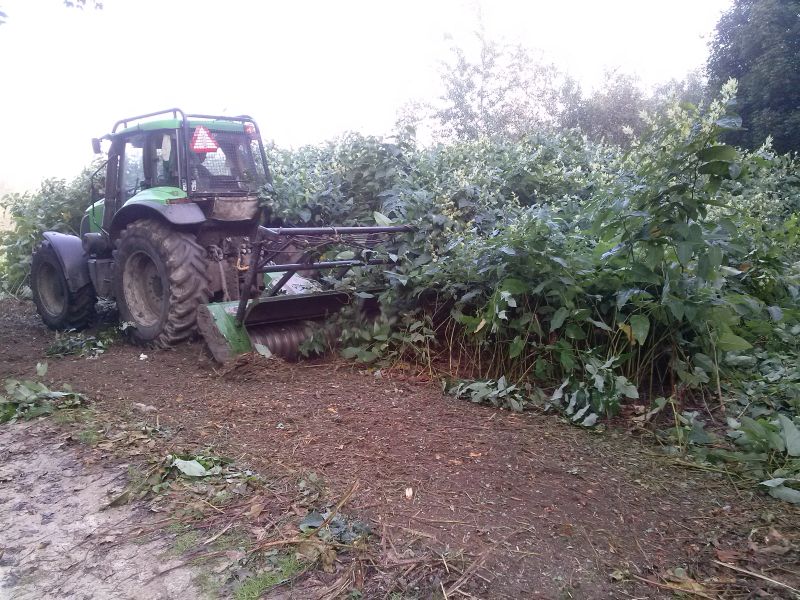
Mechanical treatment
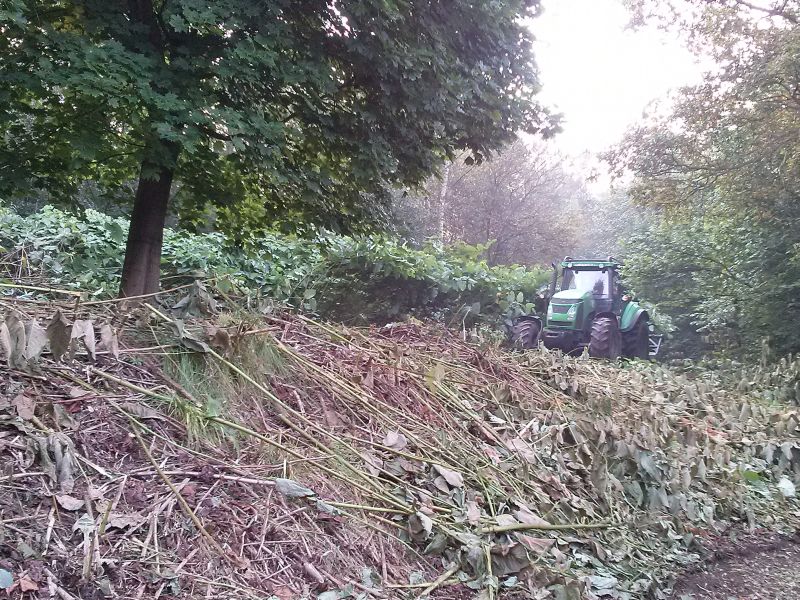
Mechanical removal
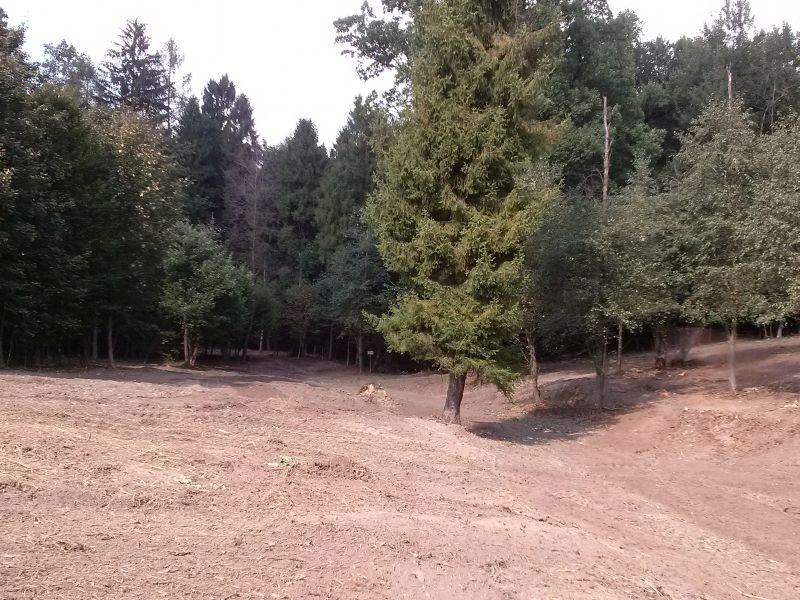
The area after the removal
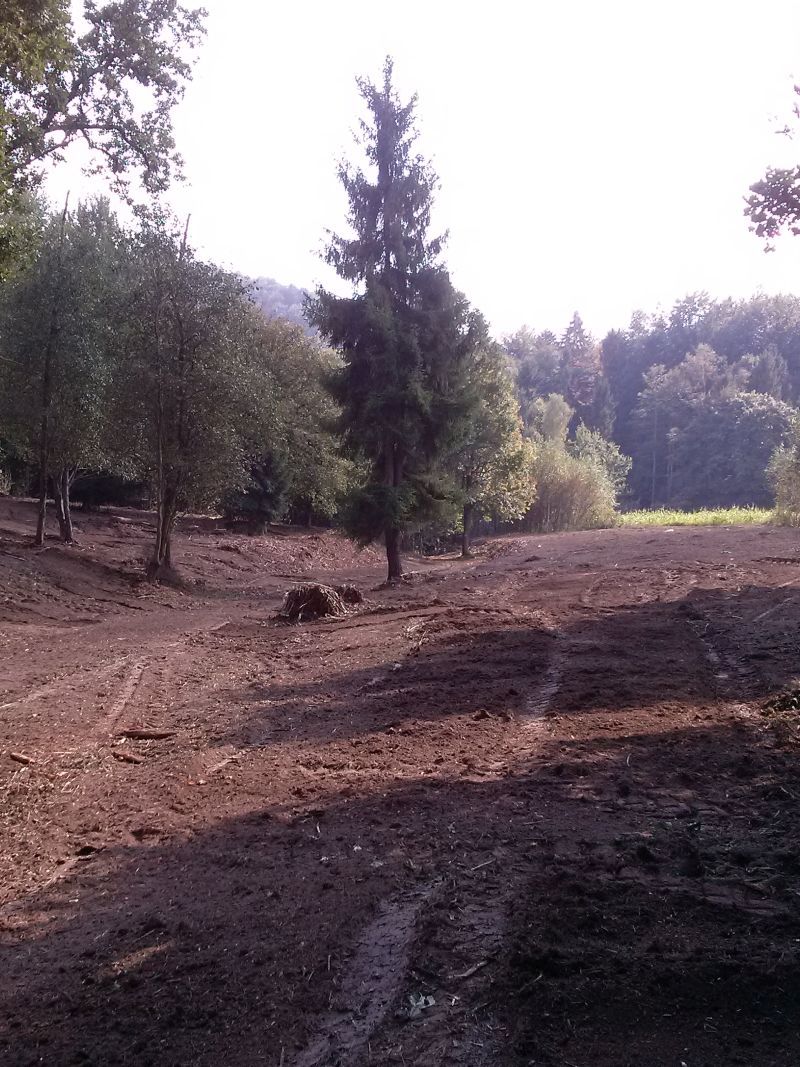
The area after the removal
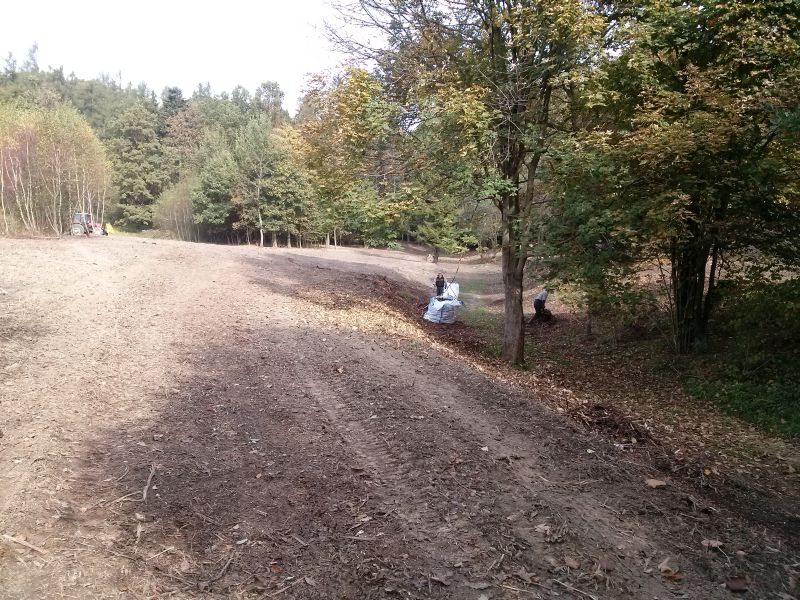
Clearing and tidying up the area and piling up the biomass
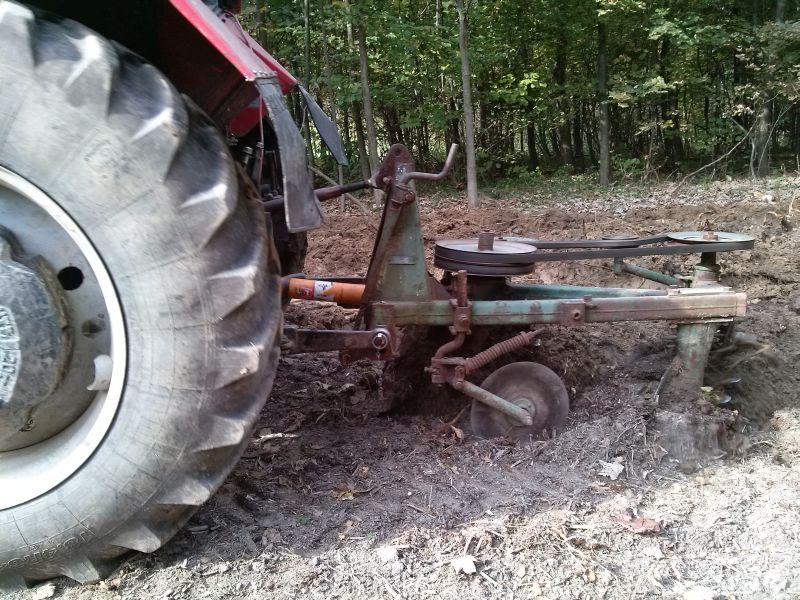
Next stage of the combat (ploughing up the rhizomes and milling the soil)
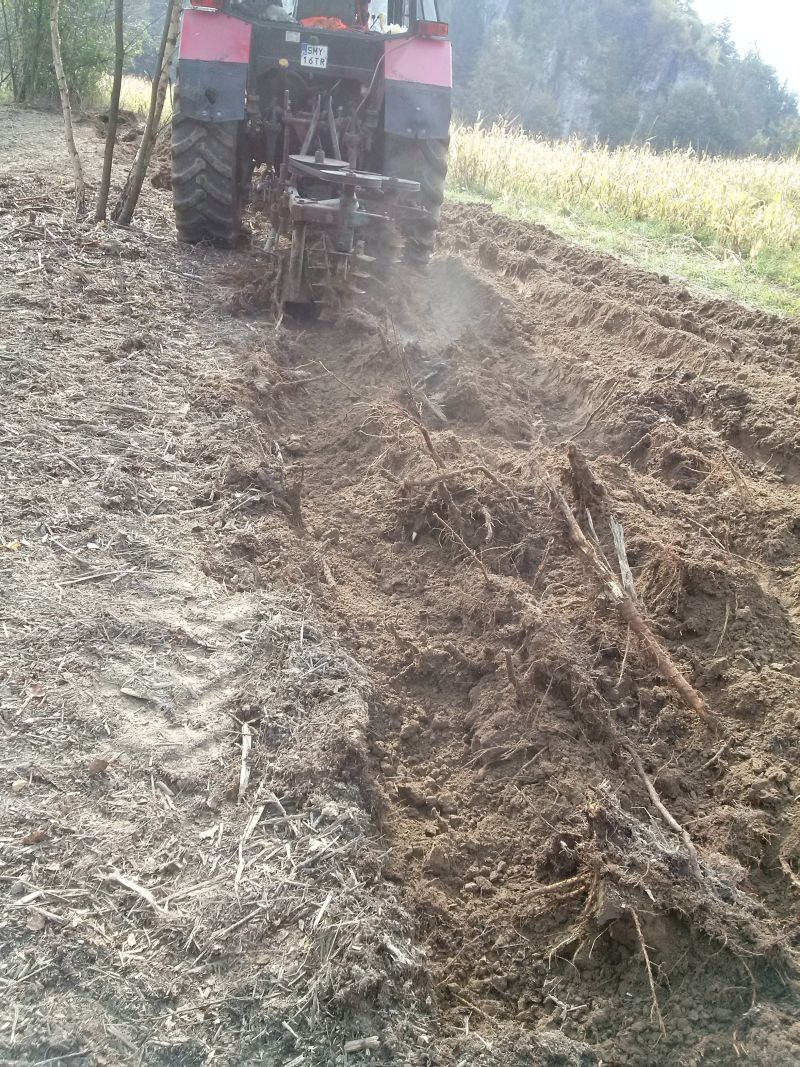
Next stage of the combat (ploughing up the rhizomes and milling the soil)
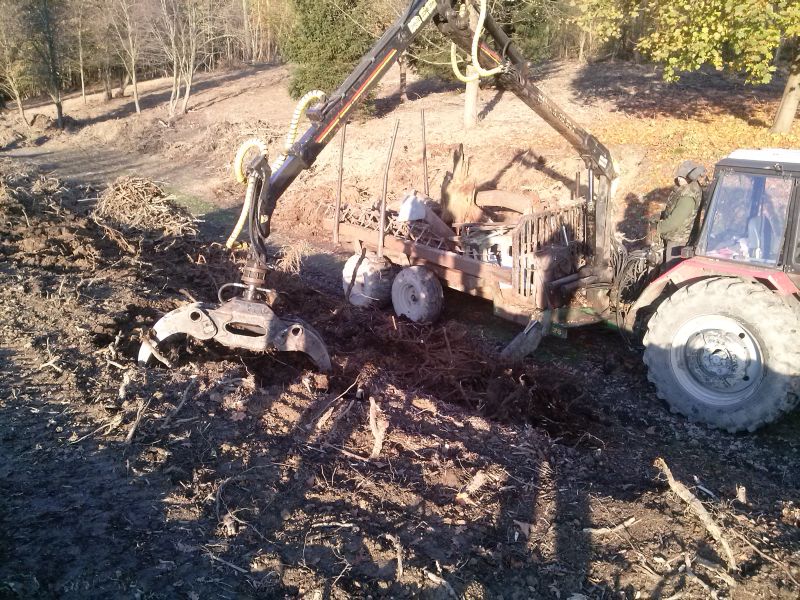
Digging out the rhizomes with hydraulic truck cranes
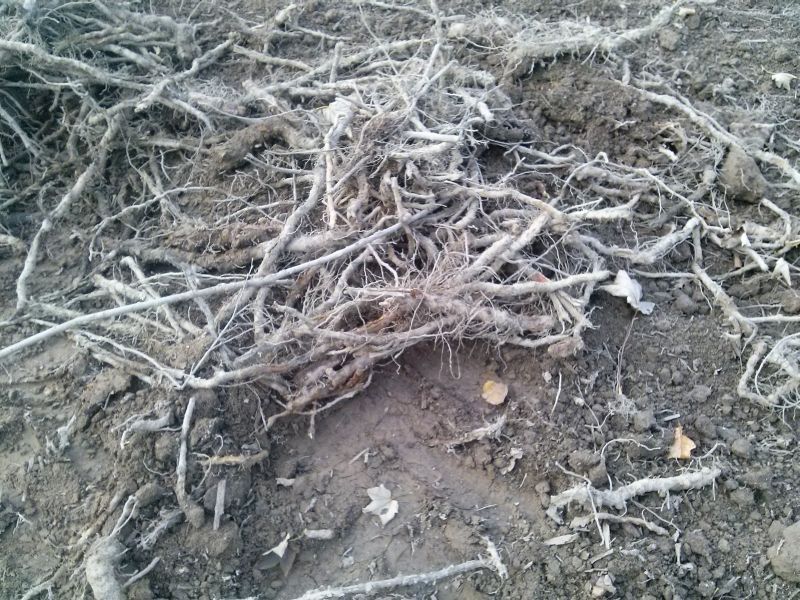
Dug out rhizomes
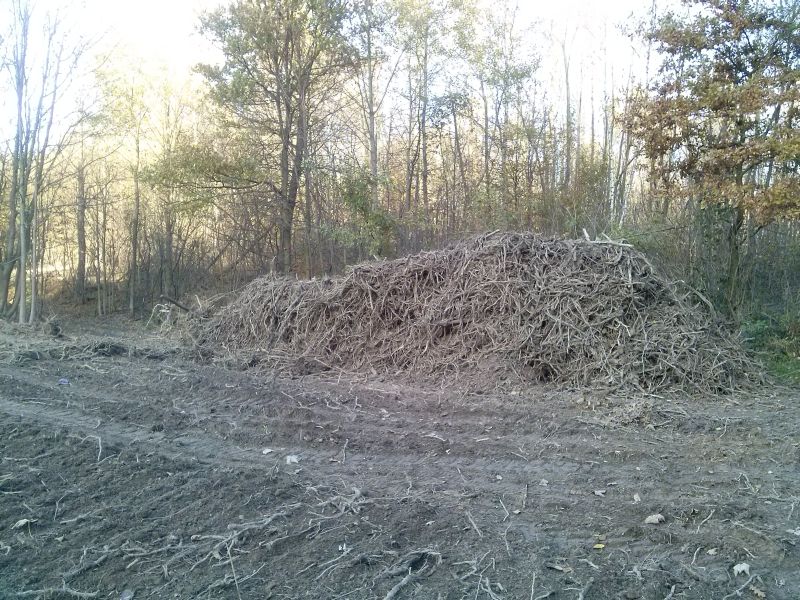
Temporary biomass storage



